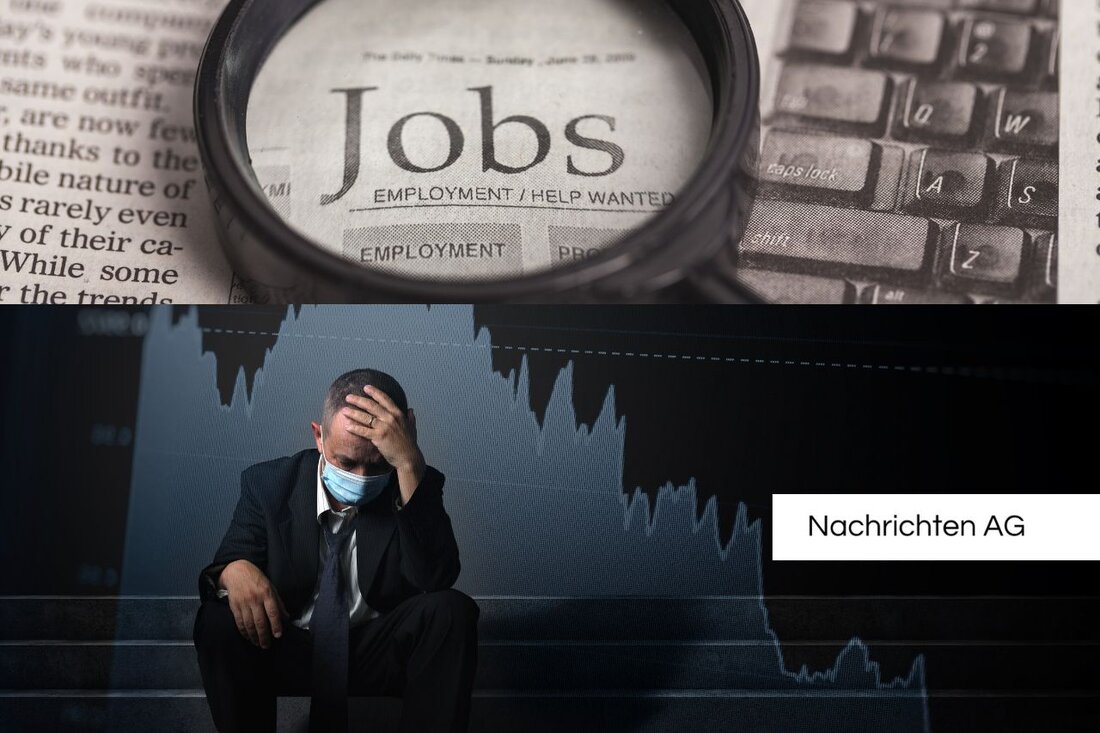Lauchhammer: 300 years of industrial culture and the fight for survival!
Lauchhammer is celebrating 300 years of industrial culture, but is struggling with the consequences of structural change and major economic challenges.

Lauchhammer: 300 years of industrial culture and the fight for survival!
In Lauchhammer, a town that is considered the cradle of Lusatian industry, a very special anniversary is being celebrated this year: 300 years of industrial culture! But despite this milestone birthday, the city is struggling with difficulties, particularly in the wake of structural change in the coalfield. As the rbb24 reports, the flourishing sales outlets of earlier times are now only a faded memory.
Heidemarie Böttcher, a local resident of the city, feels the nostalgia factor strongly. “There used to be a lot going on here,” she remembers, looking at the streets where people were streaming through the shops. Neustadt 1 was built in the 1950s for coal mining workers. This era seemed to last forever until the coking plant had to close in 1990. A renovated area with a solar park is now the new face of the once industrial site.
The shadows of the past
Despite the progress, Lauchhammer is plagued by the aftermath of the “transition trauma”. Unemployment remains a major issue, and many former coal industry employees now find themselves in an insecure working environment. The traditional company TAKRAF has reduced its former 3,500 jobs to just 120 and is now concentrating on copper and lithium mining. “There’s something there,” says one citizen, who laments the loss of its industrial roots.
Another needle prick for the city came in the form of the wind turbine manufacturer VESTAS, which closed its doors after 20 years of work and no successor has been found since then. According to Mayor Mirko Buhr, the budget volume is heavily burdened by mandatory tasks, which makes it difficult to finance new projects such as the 30 million euro “Ore and Coal” project. CDU MP Jens Nowak is skeptical and questions the chances of success.
New departures and ideas for the future
But Lauchhammer's story is far from over. The St. Nicholas Church, which houses the sarcophagus of Baroness von Löwendal, defies time, even if it is rarely full. The belief in a positive turnaround seems to be there; Horst Wagner, a resident, sees no reason to leave the city. Despite all the adversities, the residents hope for a new chapter that can strengthen the city's self-confidence despite the difficult circumstances. In this way, a new, lively knowledge region could emerge from the old industrial region, similar to what has already partly been achieved in the Ruhr area, another region steeped in tradition bpb turns out.
The future of Lauchhammer is still uncertain, but the will to change seems to be strong. It remains to be seen whether the city will successfully cope with its transformation or whether the shadow of its industrial past will continue to weigh heavily on it. One thing is certain, however: the stories from the old coal and ore region must not be forgotten and are part of a complex identity.

 Suche
Suche
 Mein Konto
Mein Konto